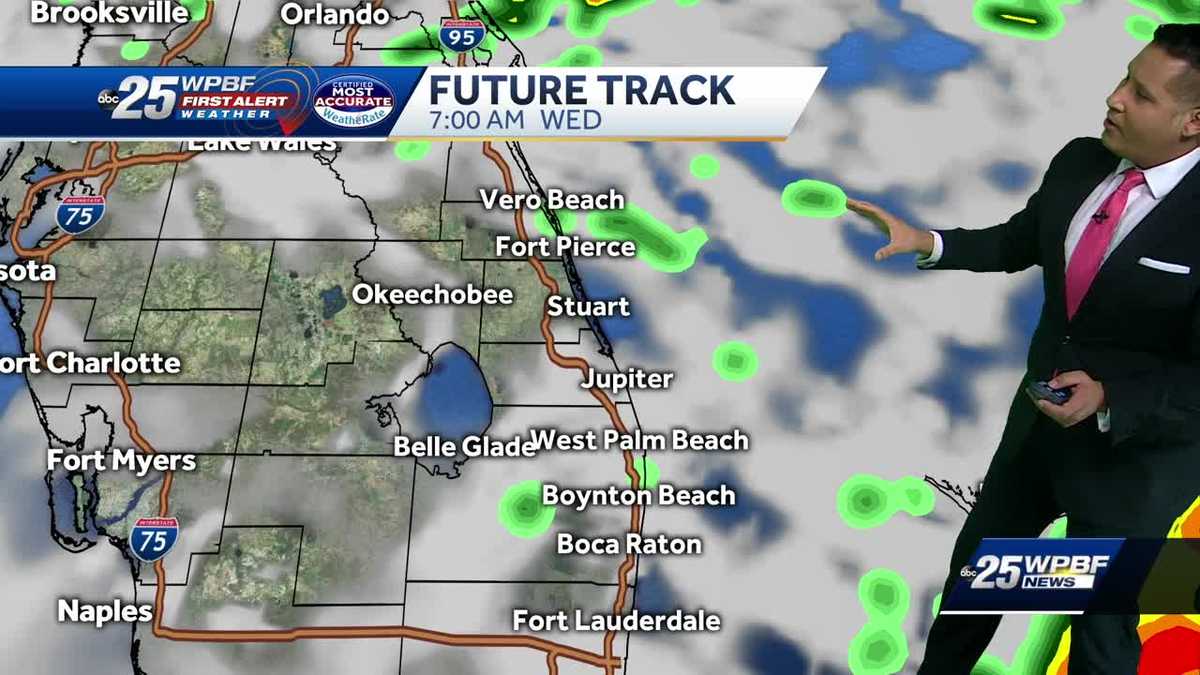Drier Weather Ahead: Your Guide To A Successful Dry Season

Table of Contents
Water Conservation Strategies During the Dry Season
The dry season brings with it the critical need for water conservation. Implementing efficient strategies is vital to minimize water waste and ensure sufficient resources for both personal use and the environment.
Efficient Irrigation Techniques
Water conservation starts with how we irrigate our landscapes. Traditional methods can be highly inefficient. Consider these alternatives for efficient water use during the dry season:
- Drip Irrigation: This method delivers water directly to plant roots, minimizing evaporation and runoff. Pros include high water efficiency and targeted watering; cons can be higher initial cost and potential clogging.
- Soaker Hoses: Similar to drip irrigation, these hoses deliver water slowly and directly to plant roots. Pros are ease of use and lower cost than drip systems; cons include potential for uneven watering and limited reach.
- Rainwater Harvesting: Collecting rainwater from rooftops and storing it for later use is a fantastic way to supplement your water supply during the dry season. Pros include free water and reduced reliance on municipal supplies; cons include initial investment in collection and storage systems.
- Scheduling Irrigation: Water your lawn and garden during the cooler parts of the day (early morning or evening) to reduce evaporation. Avoid watering during the hottest part of the day when the most water is lost to evaporation.
Household Water Saving Tips
Water conservation extends beyond the garden. Implementing simple water-wise living habits at home can significantly reduce your water consumption during the dry season:
- Shorter Showers: Aim for 5-minute showers to drastically reduce water usage.
- Fix Leaky Faucets: A dripping faucet wastes gallons of water over time. Address leaks promptly.
- Greywater Recycling: Use greywater (from showers and sinks) for watering plants, reducing demand on fresh water supplies. Note: ensure appropriate filtration to avoid disease transmission to plants.
- Rainwater Collection for Non-Potable Uses: Collect rainwater for toilet flushing or car washing.
Protecting Your Plants During the Dry Season
The dry season presents unique challenges for your garden. Proper planning and preparation are key to keeping your plants healthy and thriving.
Choosing Drought-Tolerant Plants
One of the best ways to prepare for the dry season is by selecting drought-resistant plants that are naturally adapted to low-water conditions. This reduces your need for supplemental watering and saves water.
- Examples: Consider native plants, succulents, cacti, and other low-water plants suited to your region. Research species that thrive in your specific climate and soil type. Check with your local nursery for recommendations on drought-resistant landscaping options.
Mulching and Soil Management
Mulching is crucial for protecting plants during the dry season. Mulch helps retain soil moisture, suppresses weeds, and regulates soil temperature.
- Types of Mulch: Organic mulches like wood chips, straw, and shredded leaves are effective. Ensure a layer of 2-4 inches around plants.
- Soil Amendments: Improving soil structure with compost or other organic matter enhances its water-holding capacity.
Preparing Your Home for Drier Weather Ahead
The dry season often brings increased fire risks and extreme heat. Taking preventative measures can significantly improve your safety and comfort.
Fire Safety Precautions
Dry conditions heighten the risk of wildfires. Taking preventative measures is crucial:
- Clear Dry Brush: Remove dry leaves, branches, and other flammable materials from around your home and property.
- Responsible Campfire Practices: If you have a campfire, ensure it’s completely extinguished before leaving. Never leave a campfire unattended.
- Fire Extinguisher: Keep a readily accessible fire extinguisher in your home and know how to use it.
Protecting Against Extreme Heat
Extreme heat is a common occurrence during the dry season. Prioritize staying cool and safe:
- Fans and Air Conditioning: Use fans to circulate air and use air conditioning efficiently. Consider setting your thermostat a few degrees higher.
- Hydration: Drink plenty of water throughout the day, even before you feel thirsty.
- Sun Protection: Limit your time outdoors during the hottest parts of the day, and wear protective clothing, sunglasses, and sunscreen when necessary.
Conclusion
Successfully navigating the dry season requires a multifaceted approach. By implementing efficient water conservation strategies, selecting drought-tolerant plants and implementing proper gardening techniques, and preparing your home for increased fire risks and extreme heat, you can mitigate challenges and enjoy a more comfortable and safer dry season. Prepare for drier weather ahead by adopting these water-wise strategies and ensuring a successful dry season. Share your tips and experiences using #DrySeasonPrep!

Featured Posts
-
 Original Sin Season 1 Finale How It Makes Dexters Debra Morgan Mistake Worse
May 21, 2025
Original Sin Season 1 Finale How It Makes Dexters Debra Morgan Mistake Worse
May 21, 2025 -
 Court To Decide Ex Tory Councillors Wife And The Racial Hatred Tweet
May 21, 2025
Court To Decide Ex Tory Councillors Wife And The Racial Hatred Tweet
May 21, 2025 -
 Wtt Star Contender Chennai 19 Indian Paddlers Create New Milestone
May 21, 2025
Wtt Star Contender Chennai 19 Indian Paddlers Create New Milestone
May 21, 2025 -
 Racial Hatred Tweet Ex Councillors Wife Seeks Sentence Appeal
May 21, 2025
Racial Hatred Tweet Ex Councillors Wife Seeks Sentence Appeal
May 21, 2025 -
 Big Bear Ai Holdings Inc Bbai Analyzing The Potential Of This Ai Penny Stock
May 21, 2025
Big Bear Ai Holdings Inc Bbai Analyzing The Potential Of This Ai Penny Stock
May 21, 2025
Latest Posts
-
 New Music And Freedom Vybz Kartels Exclusive Prison Interview
May 22, 2025
New Music And Freedom Vybz Kartels Exclusive Prison Interview
May 22, 2025 -
 Vybz Kartels Exclusive Prison Interview Hopes For Freedom And New Music
May 22, 2025
Vybz Kartels Exclusive Prison Interview Hopes For Freedom And New Music
May 22, 2025 -
 Nuffy Achieves Dream Touring Alongside Vybz Kartel
May 22, 2025
Nuffy Achieves Dream Touring Alongside Vybz Kartel
May 22, 2025 -
 New York City Beenie Mans Streaming Event Announcement
May 22, 2025
New York City Beenie Mans Streaming Event Announcement
May 22, 2025 -
 Is The Goldbergs Ending Soon Exploring The Future Of The Show
May 22, 2025
Is The Goldbergs Ending Soon Exploring The Future Of The Show
May 22, 2025
